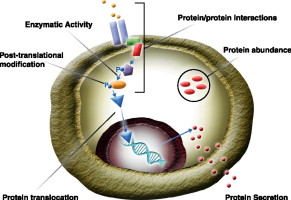Single-cell protein refers to protein gotten from cells of microorganisms like yeast, fungi, algae, and bacteria, which grown on various carbon sources for synthesis. SCP production may have the potential for feeding the ever-increasing world population. Some quantities of SCP can be produced in a single day. As a source of protein, it is very promising with the potential to satisfy the world shortage of food while the population increases.
There are many carbon sources that are used as energy sources for microorganisms for growing and producing SCP. Single-cell protein which is the crude, an edible protein extracted from pure microbial cultures, dead, or dried cell biomass. They are used as a protein supplement for both humans and animals. Microorganisms such as algae, fungi, yeast, and bacteria possess high protein content in their biomass. These microbes are grown using inexpensive substrates such as agricultural waste viz. wood shavings, sawdust, corn cobs, etc.

These microorganisms all make use of the carbon and nitrogen available in all the materials and change them into high-quality proteins which are in turn used as a supplement in both human and animal feed. The single-cell proteins are easily used as fodder for creating fattening of calves, pigs, in breeding fish, Animal Husbandry – Poultry and Cattle Farming. SCP which is Single Cell Protein offers an unconventional but plausible solution to the problem of protein deficiency being faced by the entire humanity.
Large-scale Single-Cell Protein production has multiple benefits over conventional food production practices like Microorganisms have a high rate of multiplication that’s a large quantity of biomass can be produced in a comparatively shorter period. And at the same time. Microbes are easily genetically modified to vary the amino acid composition. Moreover, its broad variety of raw materials, including waste materials, can be used as a substrate. This helps in decreasing the number of pollutants.
The application of single-cell protein provide instant energy and It is extremely good for healthy eyes and skin. The application of single-cell protein provides the best protein supplemented food for undernourished children. Though single-cell protein shows very attractive features as a nutrient for humans, there are some problems that deter its adoption on basic such as fast-growing microorganisms such as bacteria and yeast have a high concentration of nucleic acid. And at the same time, similar to plant cells, the cell wall of many microorganisms like algae and yeast contain non-digestible components, like cellulose.